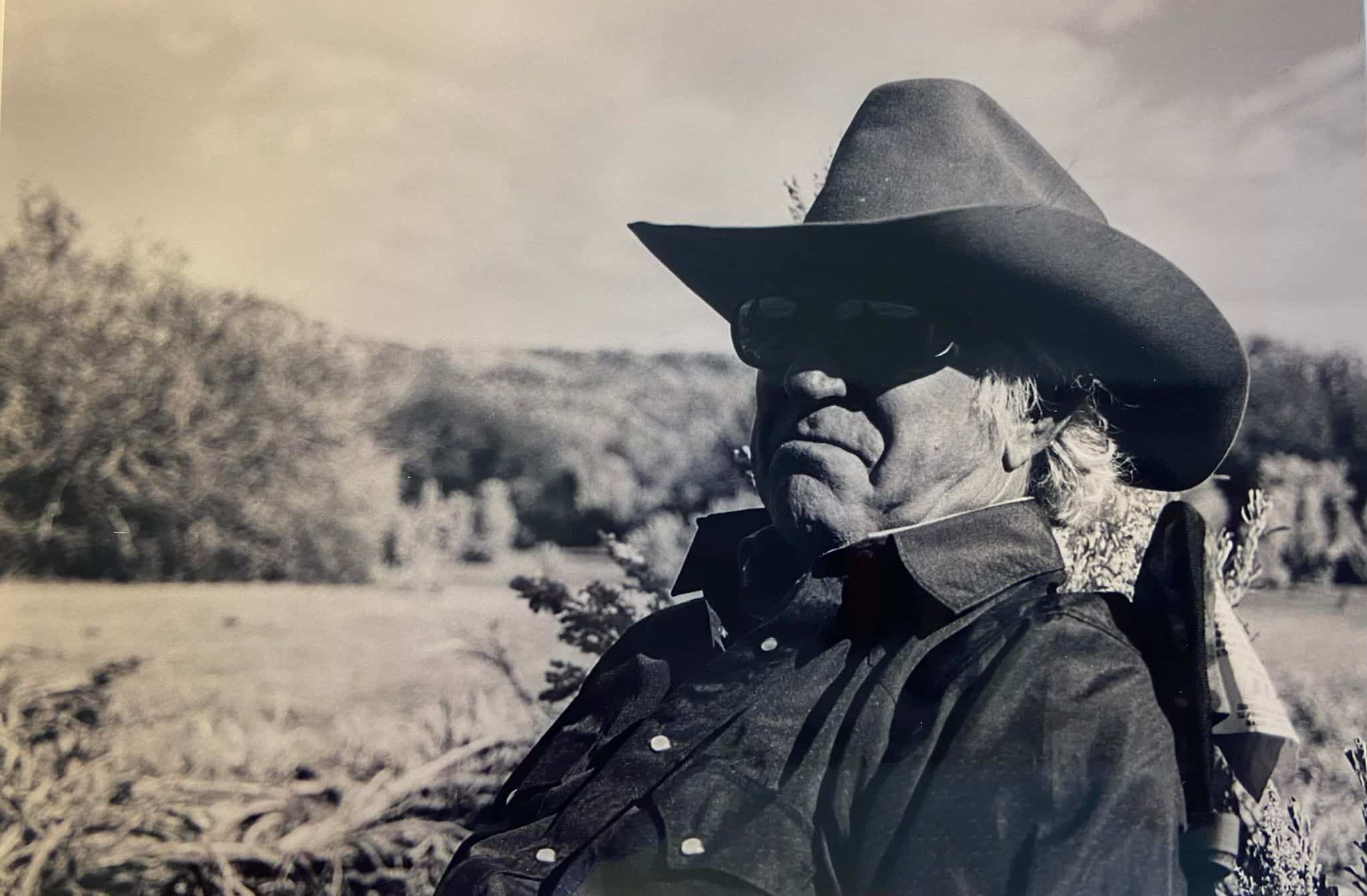Acclimating Competition Horses
The whole world is a stage, it has been said. And so it is for horses. Equine transportation from one part of the world to another for competition in days gone by generally was restricted to Olympic events once every four years. But that is a far cry from today, when horses by the dozen move from one country to another to compete in eventing, dressage, jumping, racing, cutting, and reining. Other horses are purchased at sales in this country and sent to new homes in Europe, Japan, and points in between. European sport horses are purchased and shipped to the United States. Plus, there is the matter of shuttling stallions, with horses traveling to places like Australia after spending a breeding season in the United States, England, or Ireland.
There is not that much concern about stallions acclimating because they aren’t facing an immediate arduous physical challenge upon arrival. But what about the event horse or racehorses, for example? They travel through time zones, from low elevations to high altitudes, and vice versa. How can they acclimate quickly and be ready for competition? Perhaps the more appropriate question is: Can they truly acclimate and perform at their highest level of ability?
The answer would seem to be yes, but there are a great many unanswered questions despite years of study.
In this article, we’ll take a look at studies involving equine jet lag being conducted today at the University of Kentucky, and we’ll revisit some of the research that was launched in the mid-1980s in Ireland and elsewhere. Along the way, we’ll pay a visit to Joseph O’Dea, DVM, of New York, a former president of the American Association of Equine Practitioners (AAEP) and the veterinarian for a number of years for the United States Equestrian Olympic teams. Information from O’Dea comes both from personal interviews and his book Olympic Vet
Create a free account with TheHorse.com to view this content.
TheHorse.com is home to thousands of free articles about horse health care. In order to access some of our exclusive free content, you must be signed into TheHorse.com.
Start your free account today!
Already have an account?
and continue reading.

Written by:
Les Sellnow
Related Articles
Stay on top of the most recent Horse Health news with












